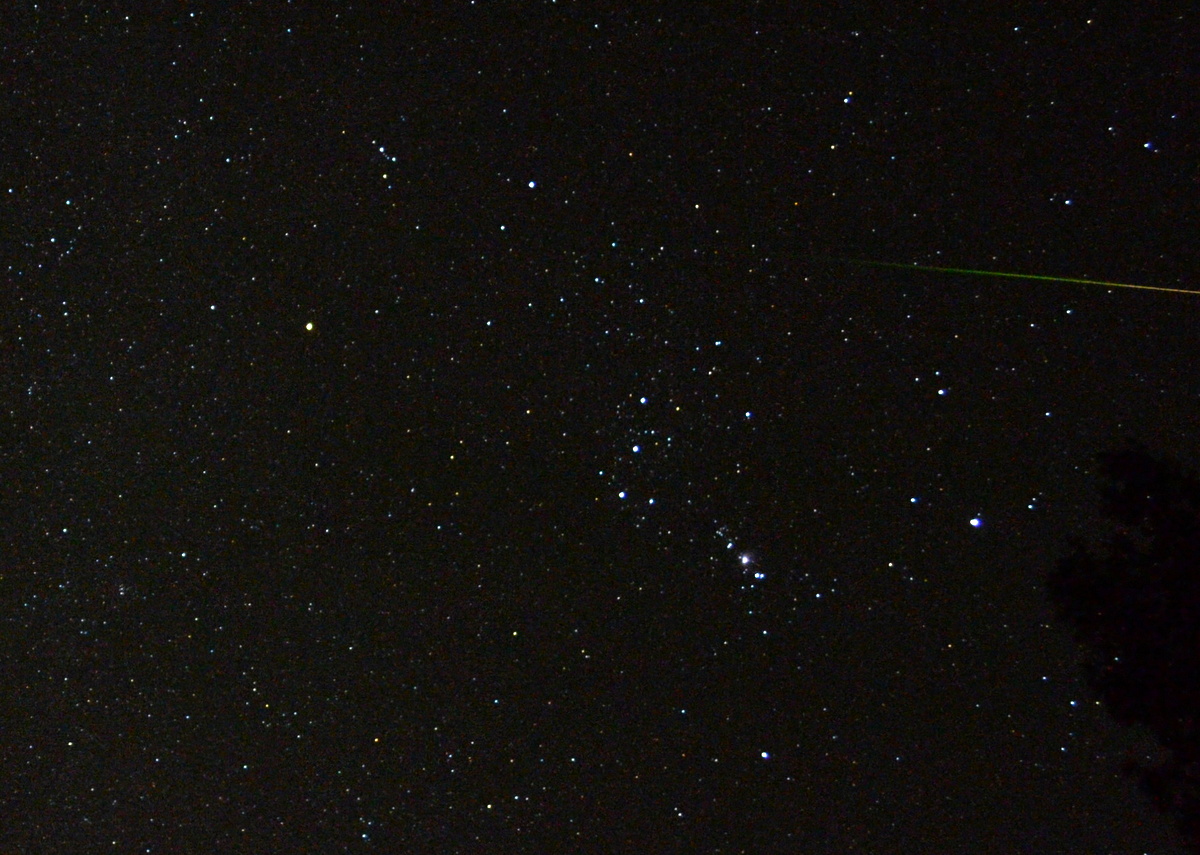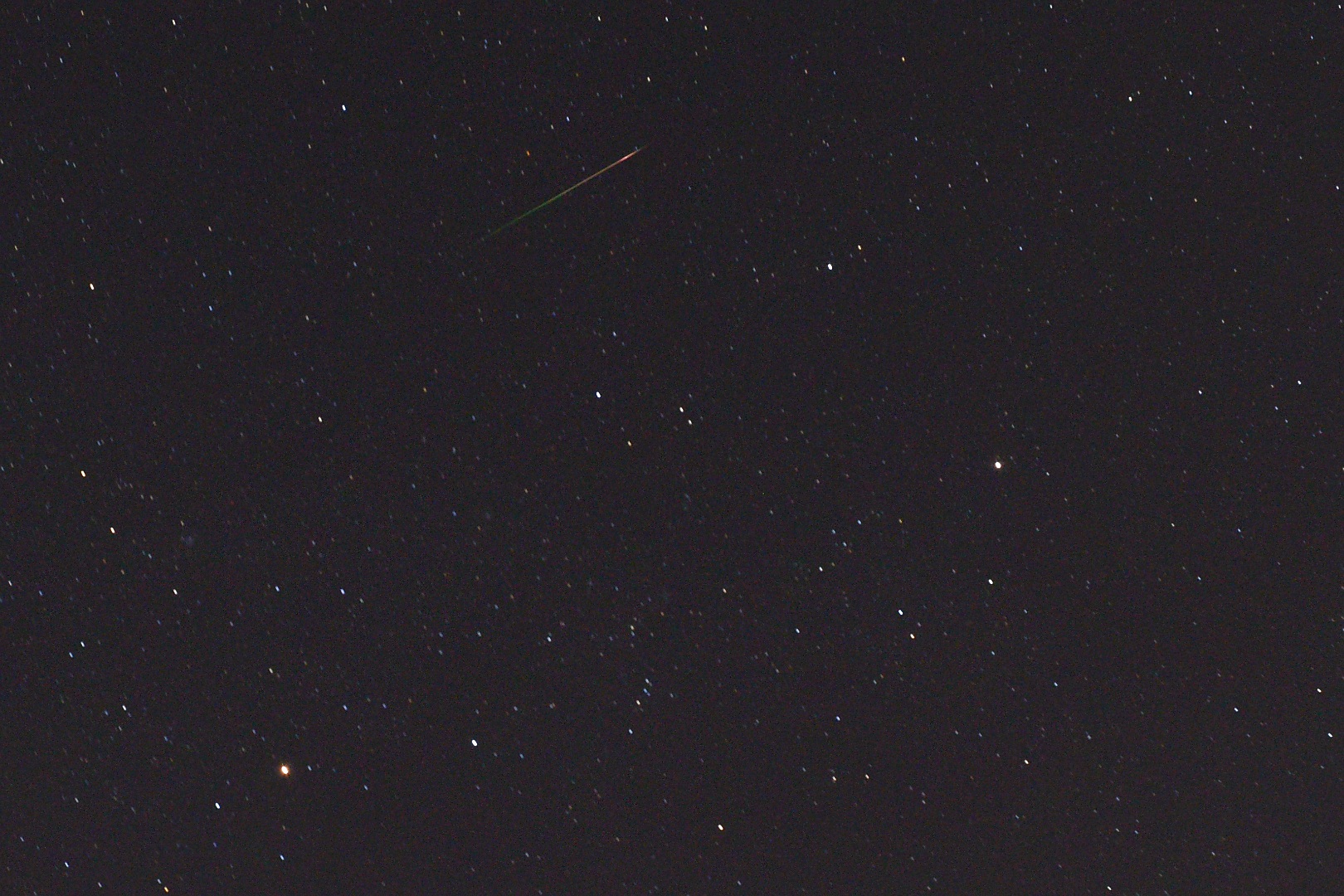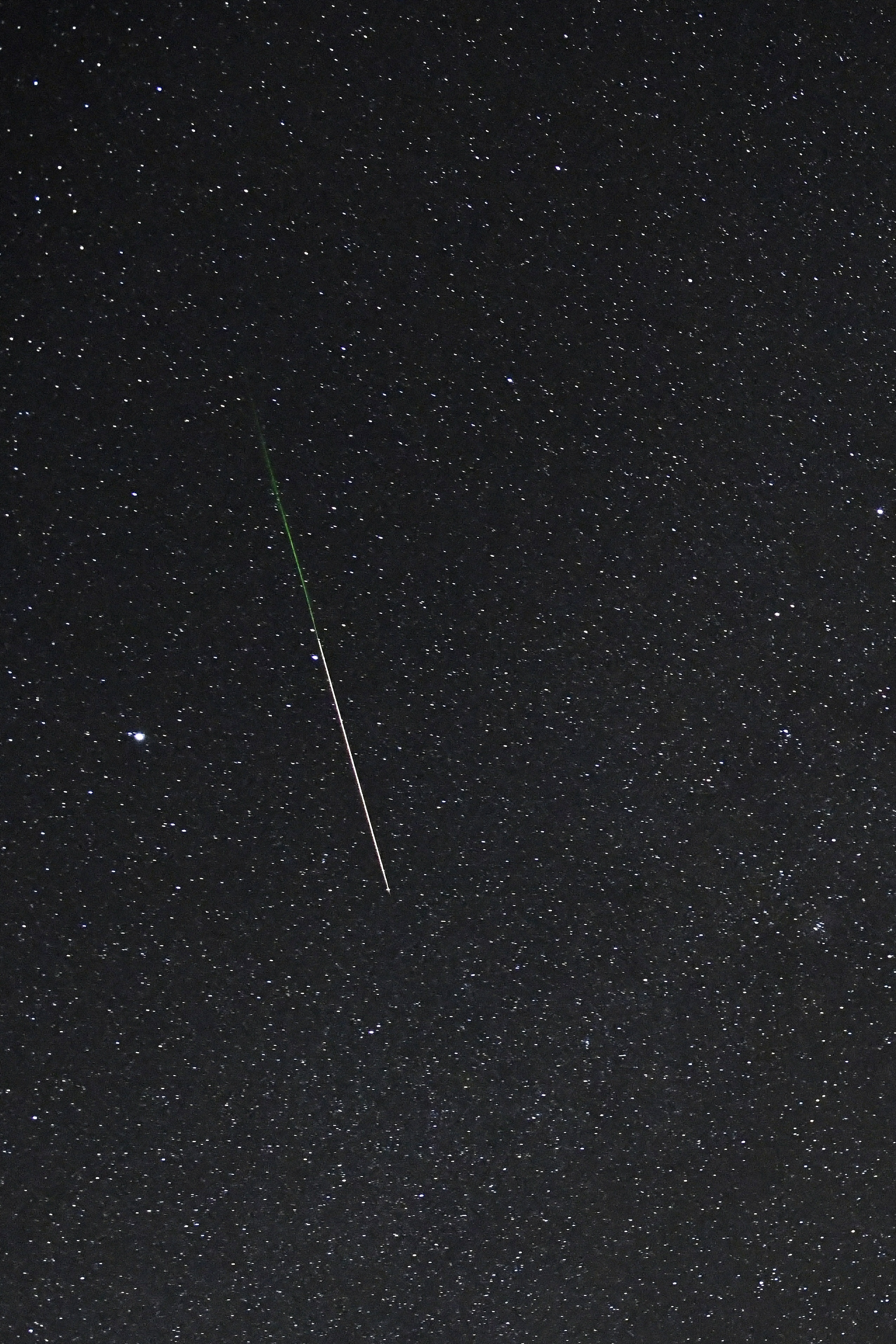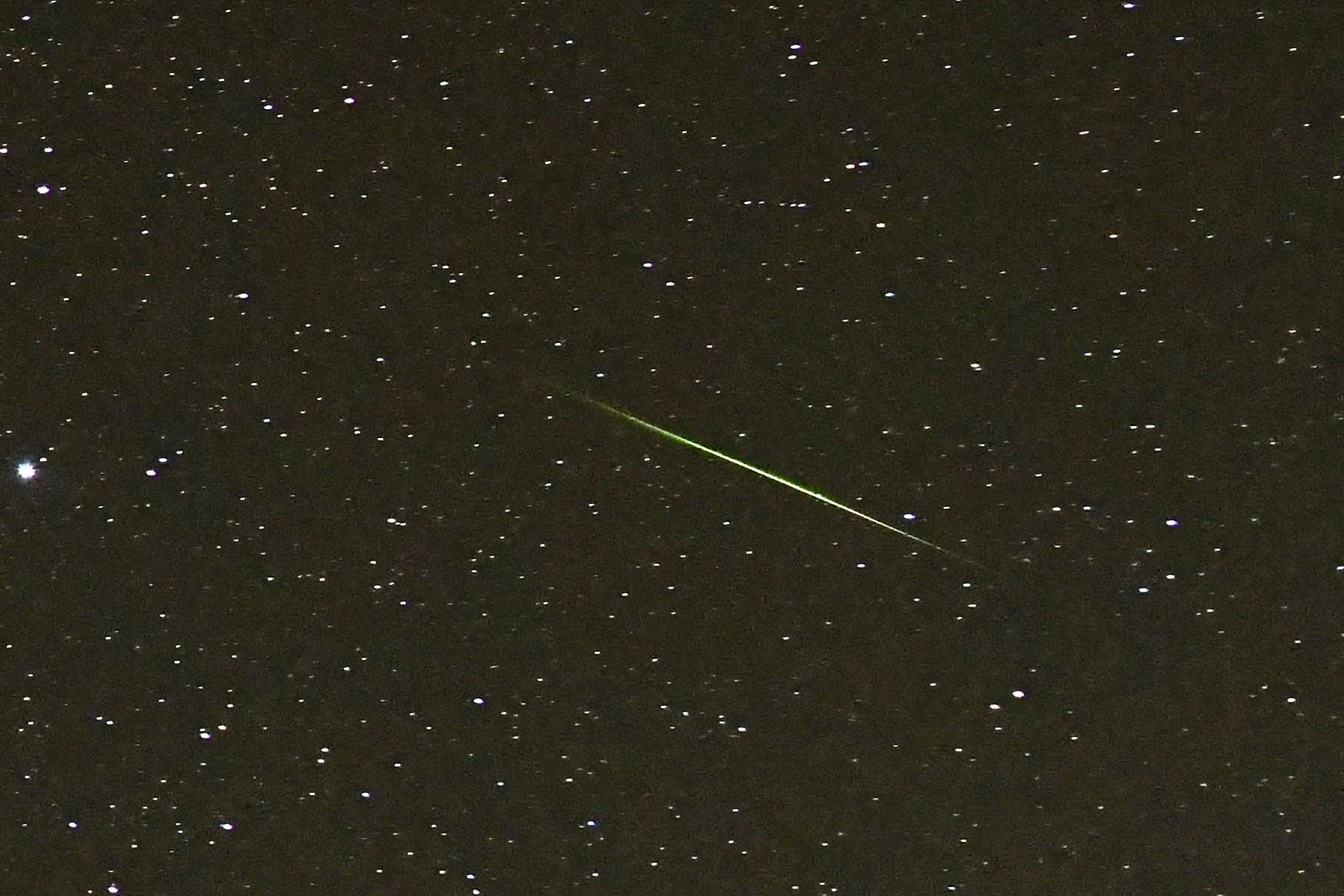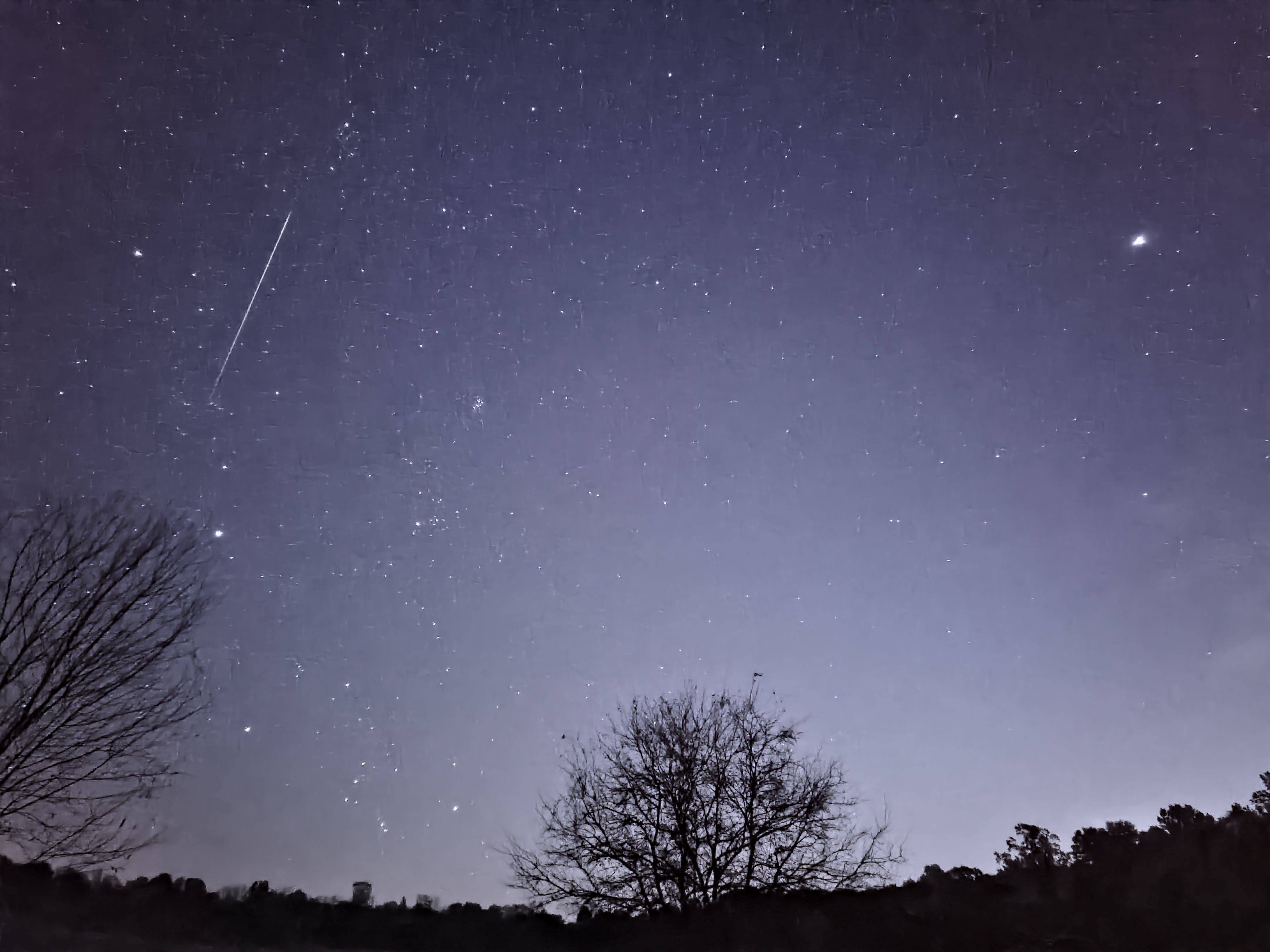The 2022 Orionid meteor shower put on a show for skywatchers around the world (gallery)
Many of our readers were able to catch wonderful images of this year's Orionid meteor shower.

The Orionids put on quite a show this year.
This year's Orionid meteor shower saw optimal conditions for catching brilliant Orionid fireballs streak overhead, as the moon was only 17% illuminated in a waning crescent phase during the shower's peak overnight from Oct. 20 to Oct. 21.
As their name implies, the Orionids appear to originate in the Orion constellation, near the "club" held by Orion, the hunter. In the Northern Hemisphere, these meteors appear in the southwestern sky, while skywatchers in the Southern Hemisphere can see them in the northwestern sky.
Related: Meteor showers 2022: Where, when and how to see them
The Orionid meteor shower is one of the more reliable meteor showers and is known to produce dozens of meteors per hour. This shower is perhaps one of the best-known meteor showers, due to the fact that it is produced in October each year as Earth passes through the debris left in the wake of Halley's Comet.
As these fragments of the comet enter Earth's atmosphere, their high speed ignites the air in front of them due to the effects of drag (friction), creating brilliant streaks of light that can last up to several seconds as they appear to "shoot" across the sky.
Space.com received numerous photos of this year's Orionid meteor shower submitted by our readers. As you can see, this year's shower produced some stunning fireballs that many skywatchers were lucky enough to catch on camera.
Follow us on Twitter @Spacedotcom or on Facebook.

Brett is curious about emerging aerospace technologies, alternative launch concepts, military space developments and uncrewed aircraft systems. Brett's work has appeared on Scientific American, The War Zone, Popular Science, the History Channel, Science Discovery and more. Brett has degrees from Clemson University and the University of North Carolina at Charlotte. In his free time, Brett enjoys skywatching throughout the dark skies of the Appalachian mountains.

